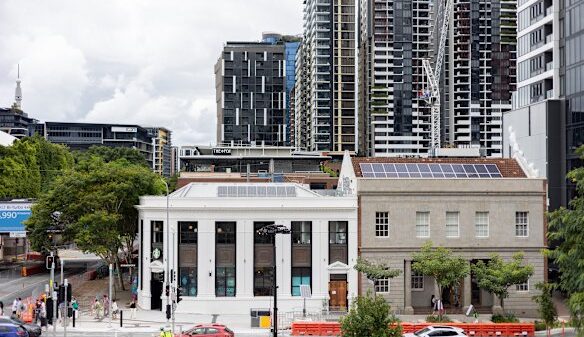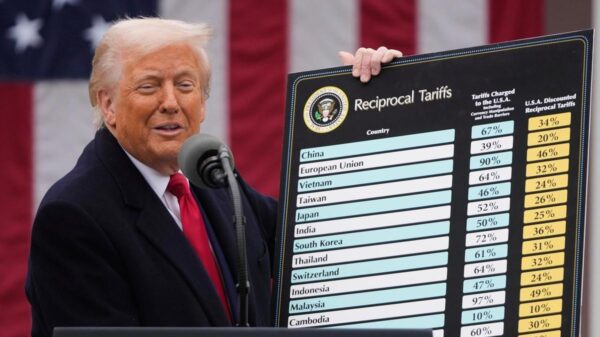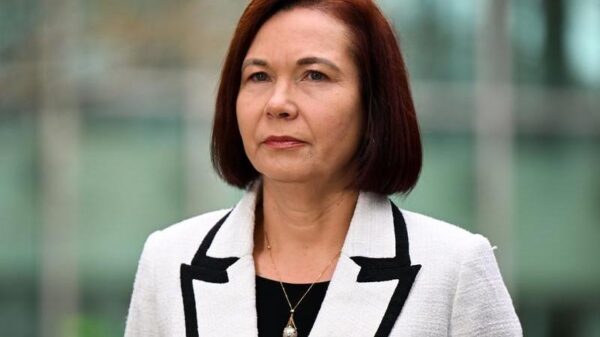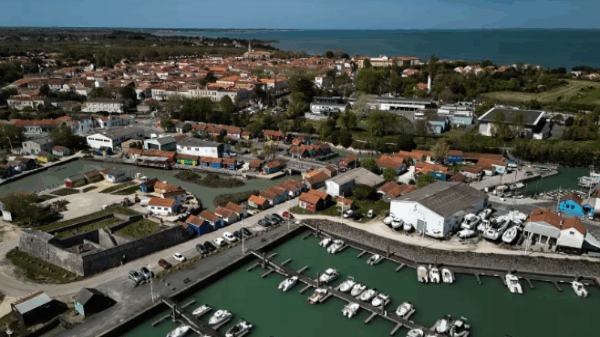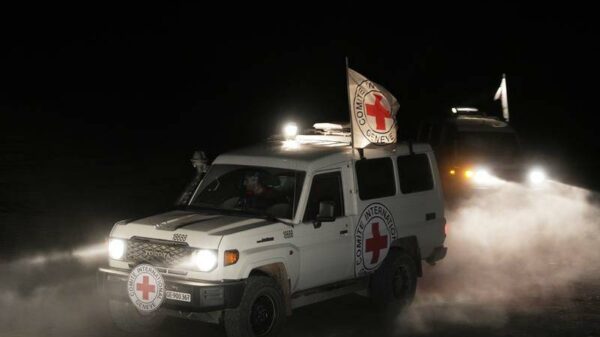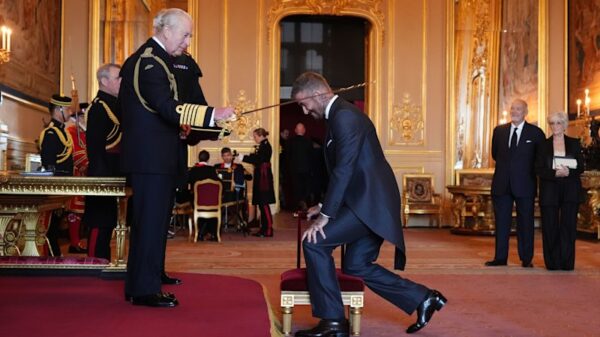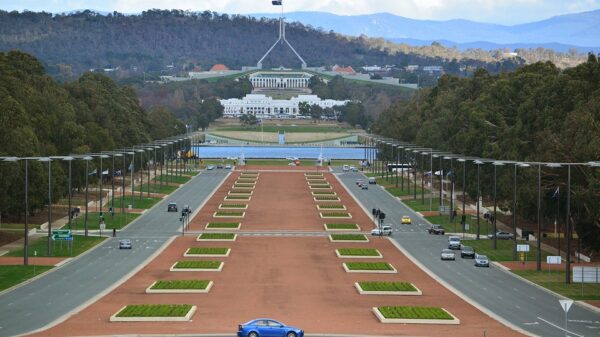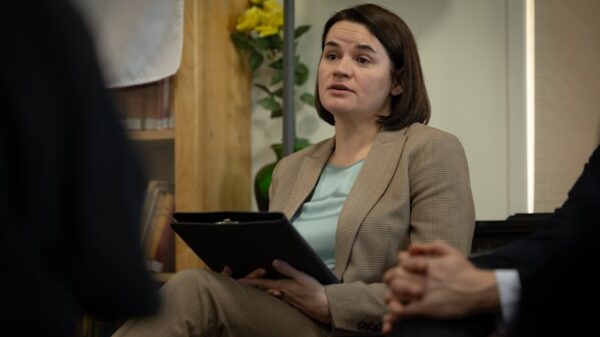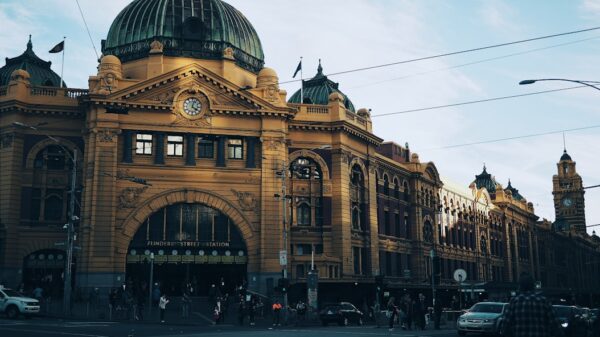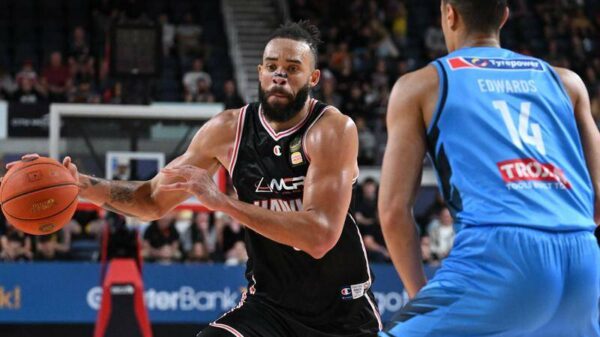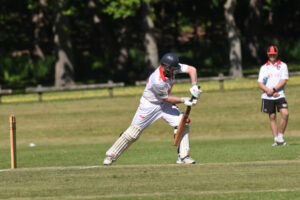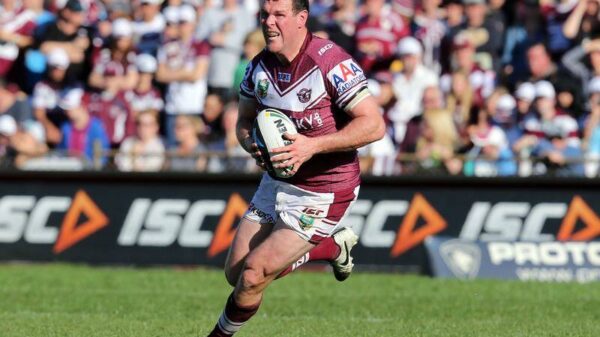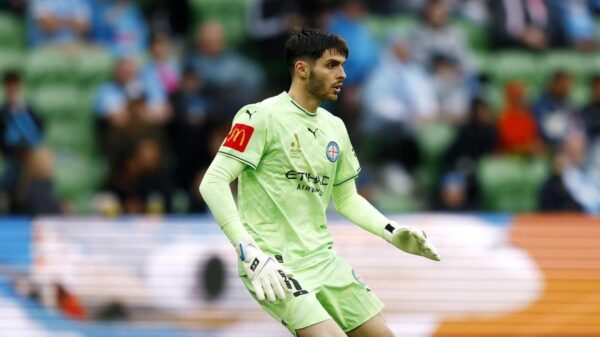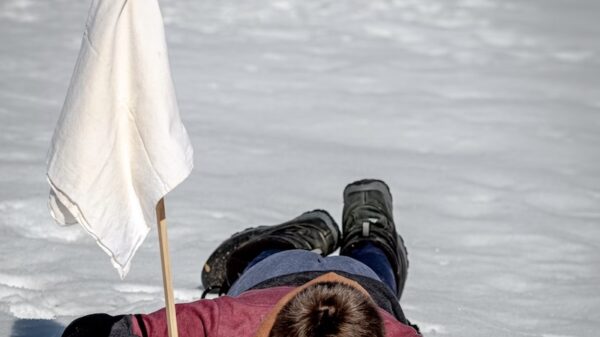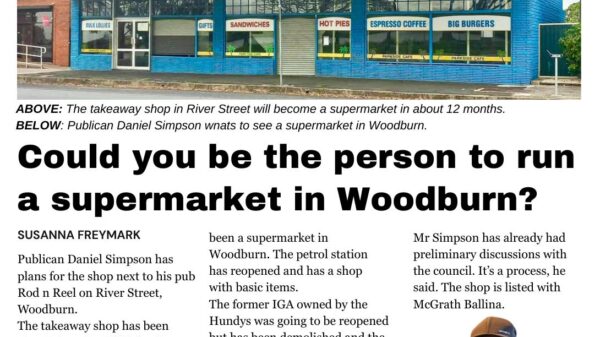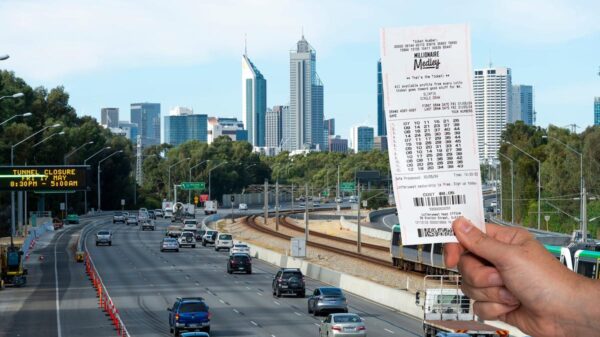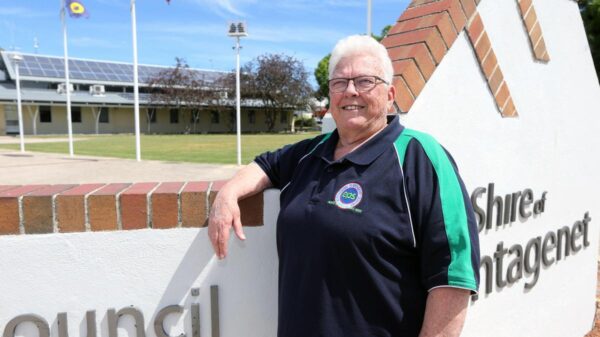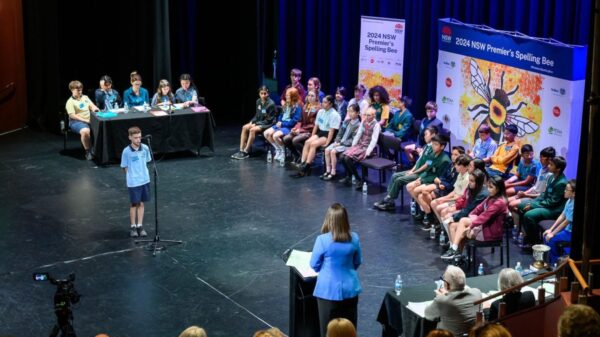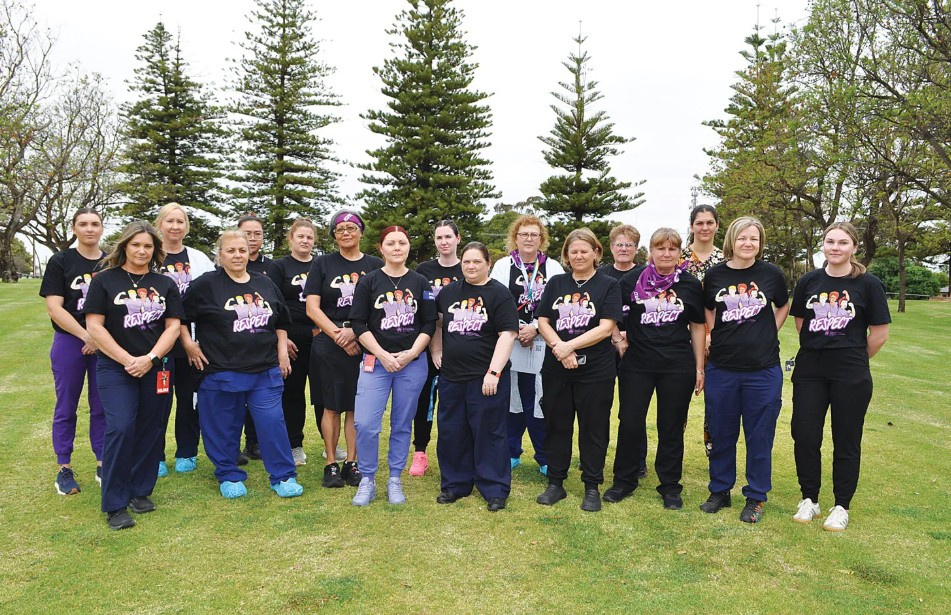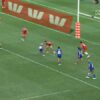UPDATE: Striking nurses and midwives at the Riverland General Hospital have forcefully rejected the South Australian Government’s latest pay offer, intensifying ongoing industrial action. The protest, which took place on October 30, 2025, involved hundreds of medical staff, and they are demanding better pay and working conditions to address their status as the lowest-paid nurses and midwives in Australia.
The South Australian Government’s latest proposal included a 13 percent pay rise over four years, along with bonus payments totaling $4,500. However, nurses claim this offer falls short of their needs, effectively compounding their frustrations with the rural healthcare system. Many are finding it increasingly difficult to attract and retain qualified staff due to inadequate compensation compared to other states.
“We just want respect, but this isn’t a respectful offer,” a nurse from the Riverland General Hospital said, speaking under the condition of anonymity. The sentiment was echoed across the region, as staff voiced their disappointment with the government’s proposal, which they believe will not lead to meaningful improvements in their working conditions.
During the strike, the Australian Nursing and Midwifery Federation (ANMF) SA branch led a rally at Parliament House, where representatives emphasized the urgent need for better pay and support for regional healthcare workers. “Regional nurses and midwives across South Australia showed up with strength and conviction, making it clear they’re ready to be heard and recognised,” said Elizabeth Dabars, CEO of ANMF SA.
Despite the government’s offer claiming to increase wages significantly, nurses highlighted that the bonuses would be taxed and delivered pro rata, leading to disappointment among staff. “You would be lucky to get half [of the bonus],” one nurse lamented, citing that neighboring states, such as Victoria, recently secured a compounded pay rise of 28.4 percent.
The ANMF has formally rejected the government’s latest offer and is pushing for a resumption of negotiations. If a new, more respectful proposal does not materialize, the union warns that it may move into the next phase of industrial action. “Nurses and midwives continue to deliver safe, high-quality care every day while advocating for a stronger, fairer health system,” Dabars stated.
In response to the strike, Wayne Champion, CEO of the Riverland Mallee Coorong Local Health Network (RMCLHN), acknowledged the hard work of nurses and midwives, assuring that patient services were not affected during the industrial action. RMCLHN has contingency plans in place to minimize any potential impact on patient care.
As negotiations continue, local healthcare workers are calling for an offer that genuinely reflects the challenges faced by the rural and regional public health system. “It feels like we have been shafted, and we’re suffering, which then makes the community suffer,” a Riverland nurse said, underscoring the emotional toll this situation has taken on both healthcare workers and the patients they serve.
The situation remains fluid, and updates are expected as the ANMF continues to advocate for fair pay and conditions for South Australian nurses and midwives. With healthcare workers standing firm, the outcome of these negotiations will significantly impact the future of healthcare in regional South Australia.
Stay tuned for more updates on this developing story as it unfolds.

